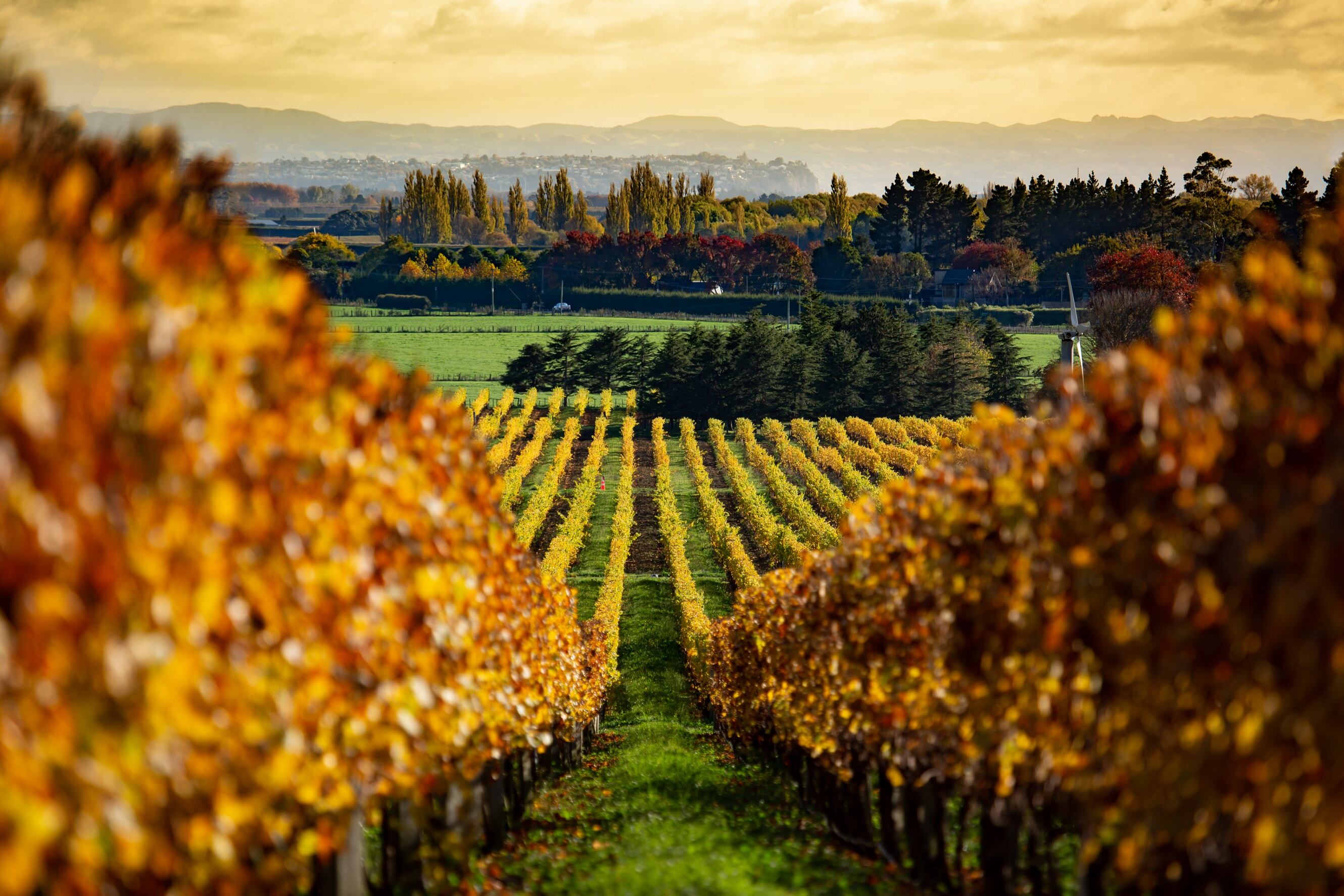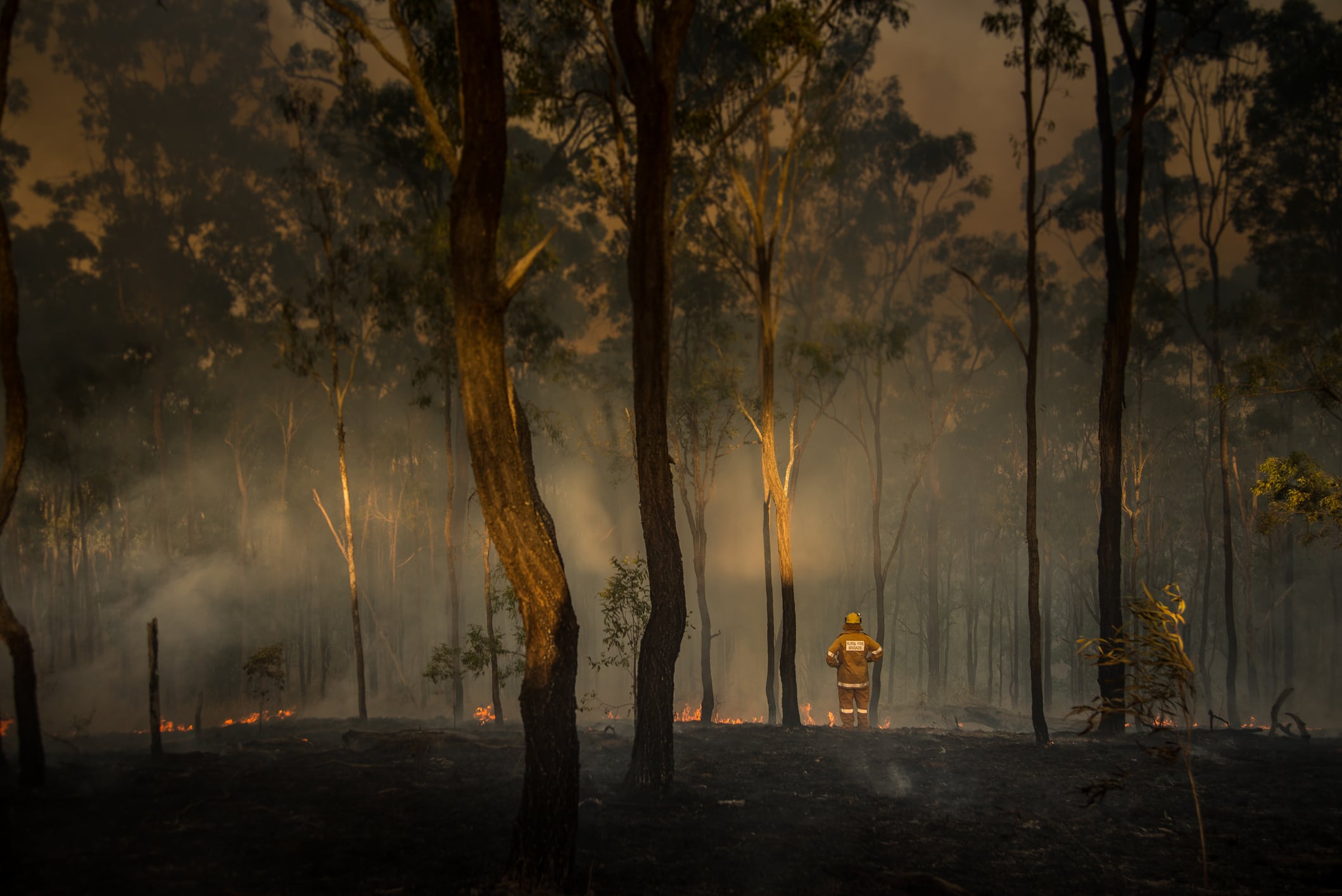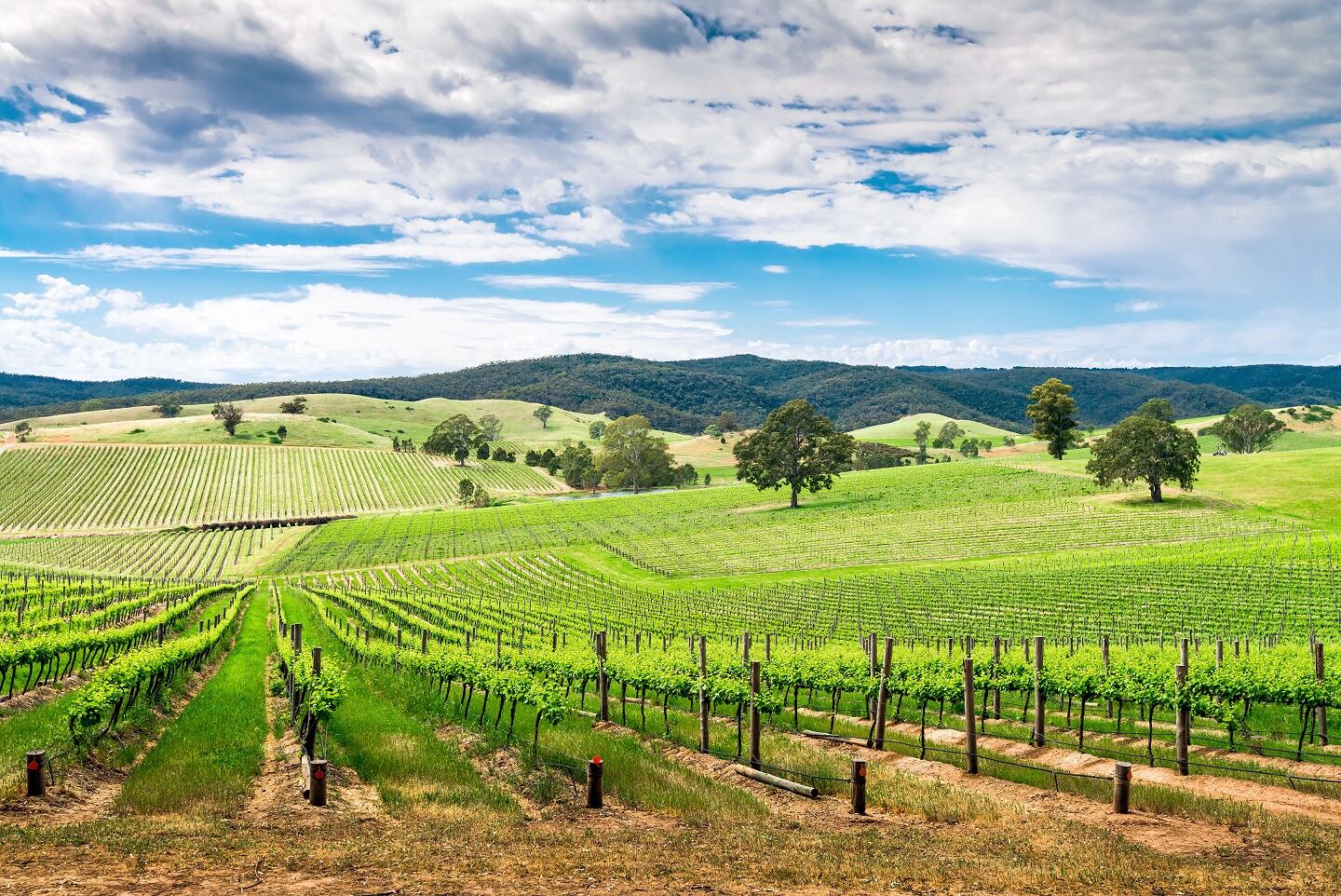The challenge is not just producing high quality lighter wines but also producing them naturally, giving New Zealand a point of difference and making it the “go to” country for lower alcohol wines.
And wineries believe they’ve already cracked the case: taking home 47 medals from wine shows for their lighter wines over the last 12 months alone.
The Lighter Wines initiative is unique in its scale and scope: bringing together 18 wineries, industry body New Zealand Winegrowers, global wine companies and the government in a seven-year programme.
Spotting an opportunity
New Zealand already boasts a reputation for high-quality New World wines, thanks to its unique, cool, maritime climate and experience in wine making. But back in 2008, a group of wineries realised there was also an opportunity for premium wines with lower alcohol levels, based on the country’s most popular wine styles.
They quickly learned, however, that there was a lot of work to be done: from overcoming taste challenges to finding the best winemaking approaches.
These challenges formed the framework for a $17m, seven-year R&D programme, which was officially launched in 2014 with the goal to ‘achieve global leadership in the production and supply of premium quality, naturally lighter-in-alcohol wines’.
This represents not only the largest R&D project ever undertaken by the industry, but also a concerted collaborative effort from both government and the industry. The project is led by New Zealand Winegrowers and co-funded under the government's Ministry for Primary Industries' Primary Growth Partnership (PGP).
Participating wine companies
Accolade Wines, Allan Scott Wines, Constellation Brands, Forrest Estate, Giesen Wine Estate, Indevin, Kono, Lawson’s Dry Hills, Marisco Vineyards, Mount Riley Wines, Mt Difficulty Wines, Pernod Ricard, Runner Duck Estate, Spy Valley Estate, Villa Maria, Whitehaven Wine Company, Wither Hills, and Yealands Family Wines.
Dr David Jordan, Programme Manager for NZ Lighter Wines, explains that the programme sought to respond both to consumer trends in reducing alcohol consumption; as well as proactively creating a point of difference for New Zealand’s wine sector.
“We recognised that other alcoholic beverages were 'going large' with low and no alcohol products in their areas, but back in 2012/13, there was not a lot going on with wine – and what was available did not always offer a premium wine experience,” he told BeverageDaily. “So we saw an opportunity, but also a niche.
“There were one or two pioneering wines from New Zealand that had gained a positive reception, but the opportunity was far from assured. Once the programme was under way, we were able to confirm a growing trend among premium wine consumers to moderate their alcohol consumption. This was very encouraging.”
Can lower alcohol wines match on taste?
The crux of the lighter wine project is to produce high quality wines with a naturally lower alcohol content – without compromising on flavour and varietal expression.
Growing slow-ripening grapes in a cooler climate results in grapes with less natural sugar – it’s the sugar which ferments into alcohol – meaning that New Zealand can create wines that are ‘naturally lighter’ and yet still with the same full flavour as their traditional counterparts.
This means New Zealand’s lighter wines have up to 30% less alcohol compared to an equivalent full strength wine.
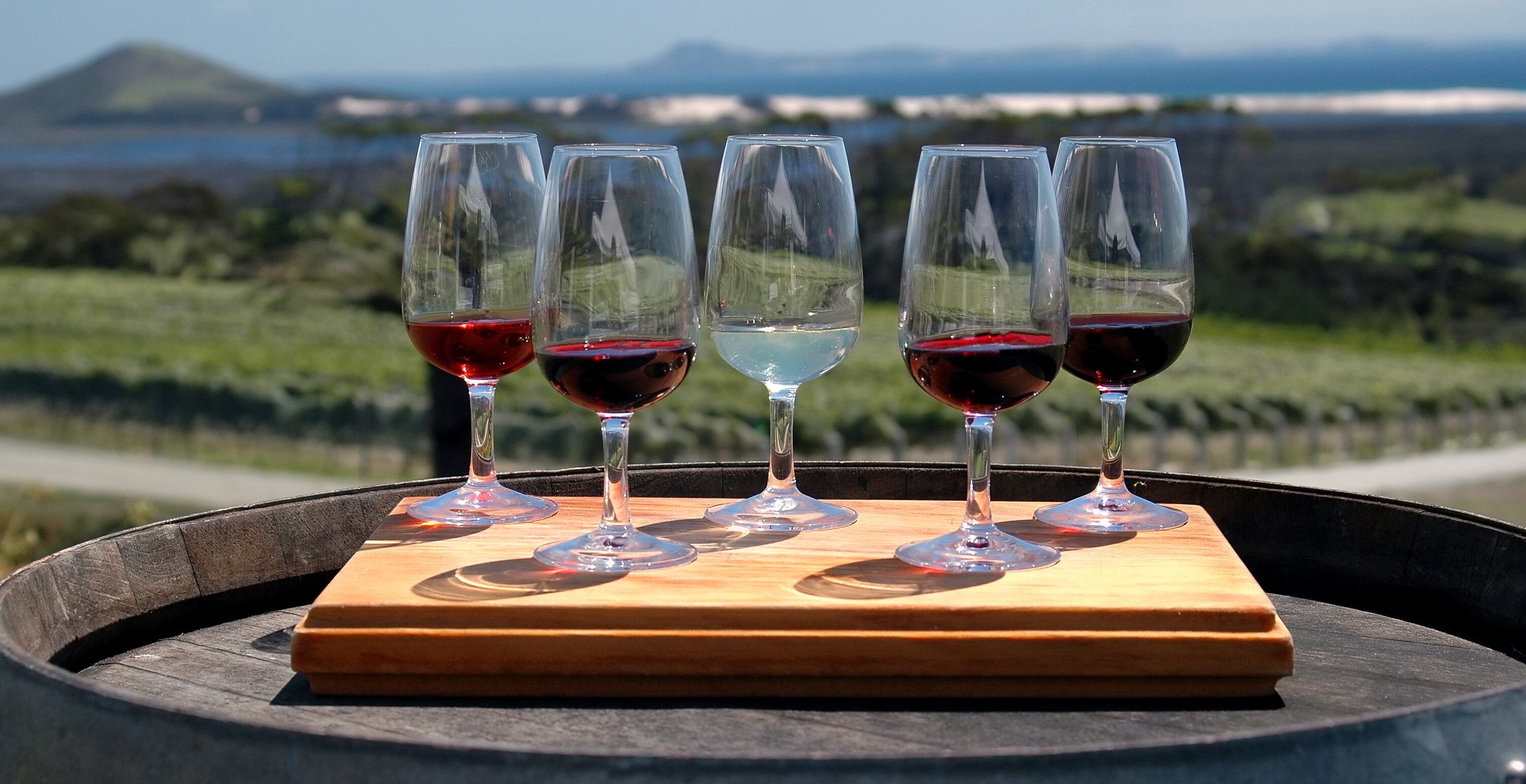
“Our participating companies appear to have cracked the wine quality and wine balance challenge,” said Dr Jordan.
“From the start, we believed that our lower-in-alcohol wines must offer a “like-for-like” experience that satisfies the flavour and quality expectations of premium wine drinkers – and NZ Lighter wines certainly do that.
"Lower alcohol wines are not identical to their full-strength cousins, and it’s taken a great deal of research in the vineyard, winery and sensory labs to naturally produce wines that deliver on expectations.
"Some winemakers are finding that a whisper of sweetness better balances the fruity acidity and gives the lighter wine a delicious, refreshing flavour.”
But creating full-flavoured lighter wines has not happened overnight. It’s taken great deal of research in vineyards, wineries and sensory labs.
“There is no silver bullet," said Dr Jordan. "Making a delicious NZ Lighter wine starts in the vineyard – often with site selection.
"Participants are using a range of inputs, including early harvests, blending, canopy management, special yeasts and a raft of other techniques and processes. The research and development has been substantial, throughout the life of the programme.
“Wine show results are giving us confidence in the quality of the NZ Lighter wines. Just in the last 12 months, 47 medals have been awarded to Lighter wines produced by wineries within the initiative.
“Repeatedly, we are running what are called “triangle tests” with lighter and regular-strength wines – same producer, same vintage, same variety. The only difference is whether an offering is a lighter or regular-strength wine. Many experienced tasters struggle to tell which is the lighter wine, and what is very pleasing is that often the lighter format is preferred.”
Marlborough winery Stoneleigh believes it has succeeded in creating wines that maintains the same quality as their traditional counterparts. “Quite often, experienced wine tasters don’t know it’s a lighter wine until we tell them,” says the winery.
Last year the Pernod Ricard brand launched Stoneleigh Bright Marlborough Pinot Gris 2018 and Stoneleigh Bright Marlborough Rose 2018 (both 9.5% ABV). Wines were made using grapes that ripen earlier with a lower brix (the sugar level in grapes, which thus can determine the potential alcohol content of a wine).
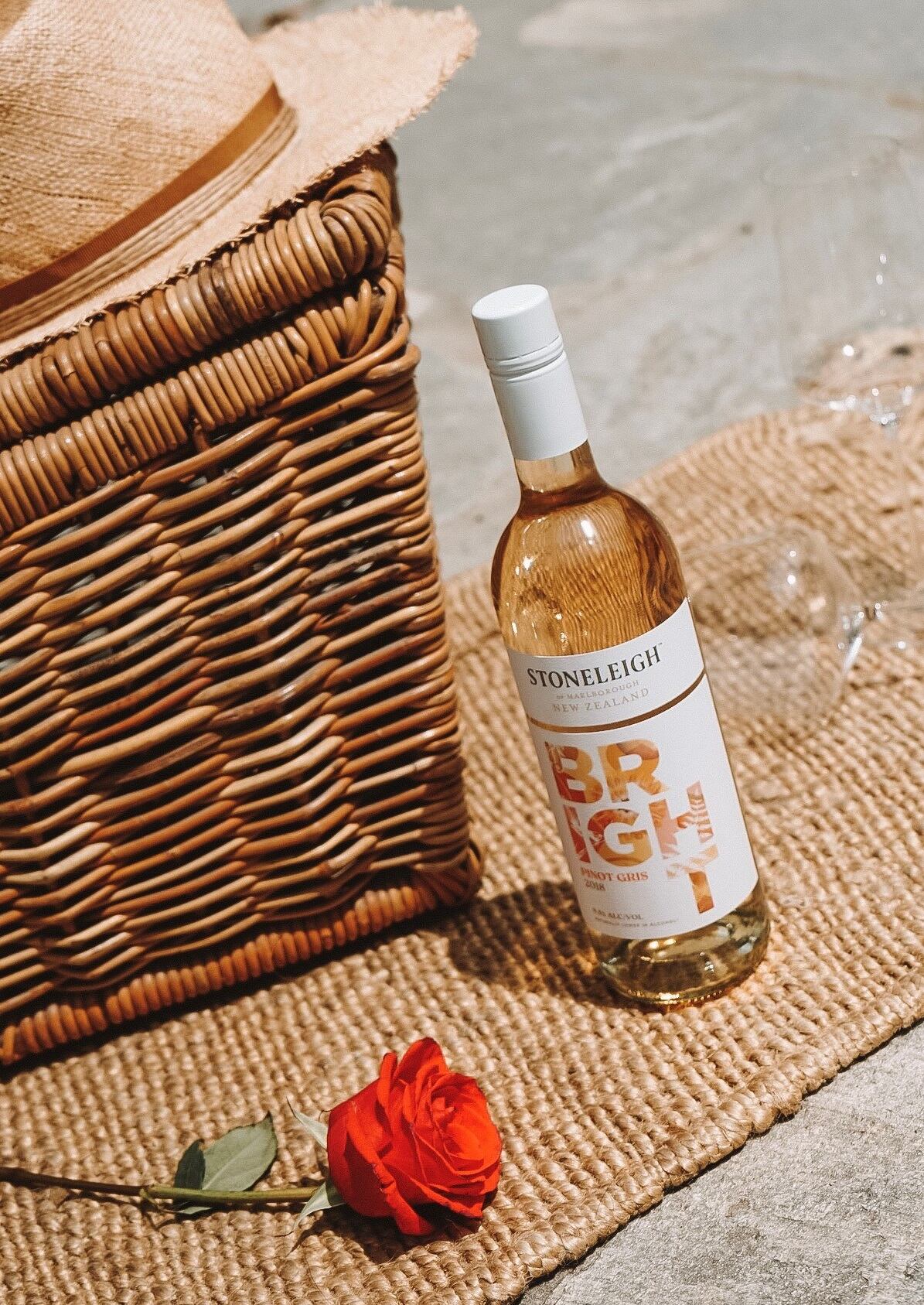
“We’ve done a lot of research to understand the science behind winemaking, and that’s helped us understand how our grapes develop their flavour throughout the growing season,” said Jamie Marfell, chief winemaker, Stoneleigh.
“Once we understood that, it was relatively easy to identify blocks in our vineyards where the grapes develop their full flavour early in the ripening season when their sugar levels are low.
“The alcohol content in wine is directly related to the amount of sugar in the grapes that we use. For Stoneleigh Bright, we are picking grapes at 17 brix, compared with around 22 brix for our full-strength wines.
“That lower sugar level means that the wine is fermented with an alcohol content of less than 9.5%. We love this method because it means we can deliver wine that is full of all the flavours and vibrancy people expect from Stoneleigh, with the added advantage of being naturally lower in alcohol.”
The goal: $285m a year in lighter wine sales
The ultimate goal of the seven-year programme is to make New Zealand’s wine industry the number one in the world for premium lighter wines (considered by the programme as those at 8.5% - 10% ABV).
This means addressing all areas of the industry: from the introduction of new winemaking techniques or vine management, to marketing strategies both at home and abroad. It also means ensuring consistency and control over the quality of lower alcohol wines.
At the moment, the lighter wines category is still small – around 3% of total New Zealand wine sales.
“But when you think in terms of varieties that New Zealand dominates on the domestic market – for example, Sauvignon blanc, Pinot gris and Rosé – the NZ Lighter category already accounts for a 6% to 8% slice of the pie,” notes Dr Jordan. Lighter wines, for example, take a 7% share of New Zealand’s dominant Sauvingnon blanc variety.
Lighter wines have proved to be remarkably popular among New Zealanders – in early 2016 the Lighter Wines project eclipsed its 2024 sales target. In fact, domestic sales in New Zealand represent the highest proportion of lower alcohol wine sold anywhere in the world.
The initiative is now focusing on promoting lighter wines abroad – all the more important as exports power New Zealand’s wine industry (exports are set to hit $2bn this year, with the US and UK representing the largest markets).
In the UK – where the low and no alcohol movement is particularly pronounced – volumes of NZ Lighter Wines grew 20% in 2019 on the previous year. And more growth is expected in 2020 with new listings and more wines.
The low to no alcohol movement in the UK
The Low 2 No Bev Show (London, June 17-18) is a brand new - and unique - dedicated trade event to give the sector its own voice. Find out more here!
“This growth in demand is supported by a wide range of in-market and online activities, including retail and media tastings, public relations campaigns in print and on social media, and sponsored events," said Dr Jordan.
"Once people have an opportunity to taste lighter wines from New Zealand, they will often go on to purchase a bottle – and that goes for the retail gatekeepers, too.”
Broader benefits
The programme is on track to reach its target of $285m ($190m USD) per annum in sales of lower alcohol wines by the end of 2023 (the majority of which, like the overall wine category, would be from exports).
This is alongside further spin-off benefits: which, although hard to quantify, would include promoting wine tourism, applying new techniques to the wider industry, and contributing a greater understanding of the effects of climate change on grape and wine quality.
And the project hopes it can also further cultivate the image of New Zealand’s wine industry as a whole as one that is health conscious, natural, sustainable and innovative.
New Zealand Lighter Wines: five key areas of development
- Market access – assess the market size and potential for lower alcohol wines in NZ and abroad
- Sensory perception – assessing the flavours and other sensory qualities of lower alcohol wines
- Vineyard manipulations – looking at grape varieties and long term sustainability of management systems
- Winery manipulations – techniques for scaling up fermentations; upskilling the industry on new techniques
- Communications and technology transfer – sharing progress among actors, such as with workshops and field days
Find out more about the programme here: https://www.nzlighter.wine/
Pictures: getty/stewartwatson; getty/gprentice; stoneleigh

